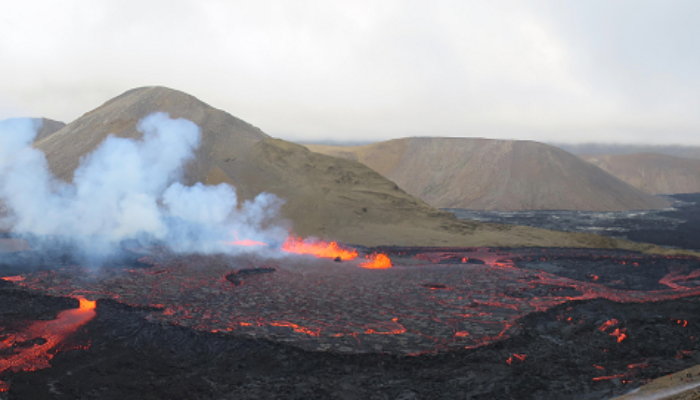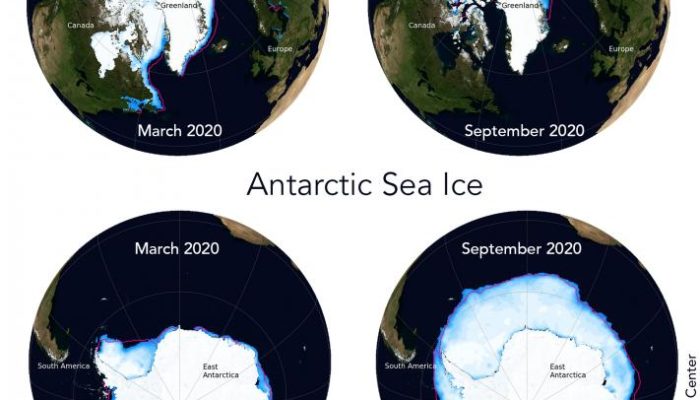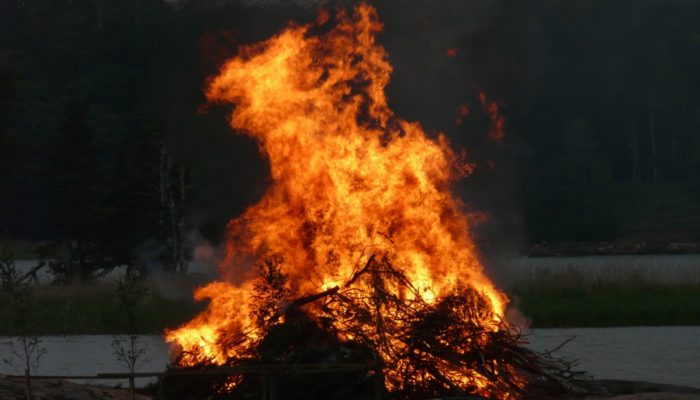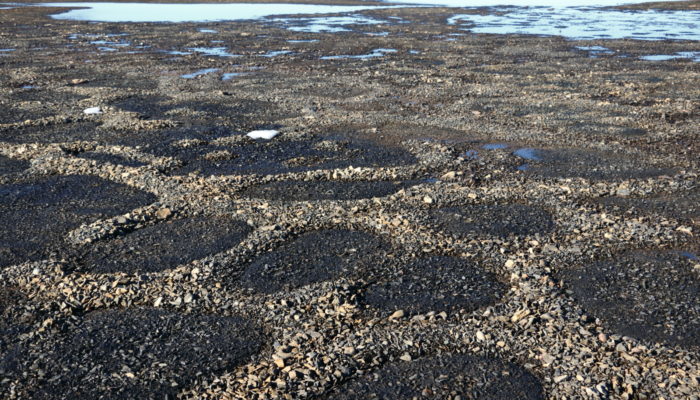The Icelandic eruptions of 2021 and 2022 originated in the Reykjanes peninsula, characterized by the Krýsuvík-Trölladyngja system, one of the five volcanic systems present along the peninsula. This peninsula is a leaky transform fault, characterized by episodic rifts and associated volcanism. The last two years have brought about some of the most momentous volcanic eruptions in recent history. The ...[Read More]
Geodynamics
Earth Science Beyond Academia
Although a career in academic research is a great choice for some, the majority of PhD students will pursue careers outside of universities and research institutes. This week, we learn about the experiences of PhD and Masters students who are embarking on successful careers beyond academia. Name: Deborah Wehner Degree: PhD in Earth Sciences New field: Tech Current Role: Software Developer E ...[Read More]
Cryospheric Sciences
Did you know the differences between Arctic and Antarctic sea ice?
If you look at the maps in Figure 1, you will quickly see that sea ice is present in both polar regions (Arctic at the top, Antarctic at the bottom). Despite this apparent similarity, some differences exist between Arctic (in the Northern Hemisphere) and Antarctic (in the Southern Hemisphere) sea ice. We provide a brief explanation of two key differences in this post. Geography The first main diff ...[Read More]
Geodynamics
The Sassy Scientist – Unbelievable Lunacies
Being the reasonable, far-sighted and moderate entity that it is, humanity is irreversibly destroying the habitability of the planet it was given. I hope (man, I *hope*) I don’t have to convince anybody about this *fact*. Most of us are not concerned about this. Some of us are a tad concerned about the fact that the IPCC has declared that keeping the excess temperature below 1.5 degrees has ...[Read More]
Geodesy
EGU Campfire Geodesy – Share Your Research – Sixth Edition
We all welcome you around our sixth EGU Geodesy Campfire to listen to two exciting talks by Eva Börgens and Jesse Reusen. The Geodesy EGU Campfire Events “Share Your Research” give (early career) researchers the chance to talk about their work. Below you can find detailed descriptions about their talks. We will have time for networking after the presentations. Please join us on Zoom on Octo ...[Read More]
Geodynamics
Effects of decelerating India-Eurasia convergence on the crustal flow and topographic evolution of the Tibetan Plateau
The Tibetan Plateau is the most extensive elevated surface on the Earth, stretching ~1,000 km north to south and 3,200 km east to west, with a mean elevation of greater than 4.5 km and located north of the Indian subcontinent. The formation of this Plateau has profoundly influenced the variations and evolution of Asian climate, strengthening of the South-Asian Monsoon, development of the large Asi ...[Read More]
Geodynamics
The Sassy Scientist – Hailing in a New Era
The term has just begun, you’ve settled into your new place and survived the tsunami of welcome events and inductions. But what now? There’s no guidebook to a PhD, which is why Lionel has asked us: What can I expect from the first few months of my PhD? Dear Lionel, Tears. You can expect so many tears. Or at least that was my experience anyway… And that’s not because doing a ...[Read More]
Cryospheric Sciences
The intriguing order of cold terrains
Do you know what the periglacial environment is? Well, the word periglacial refers to those environments which are somehow sculpted by seasonal freeze and thaw cycles. The alternation of freezing and thawing conditions can change the landscape, creating some spectacular landforms. Stone circles are certainly among the most mysterious and fascinating. Come and discover them! Some definitions Glacia ...[Read More]
Geodynamics
X and mantle plumes: the deep quest
Seismic discontinuities necessitates mechanisms that would generate them and therefore, help us better understand the internal structure of the Earth. This week, Martina Monaco talks about the mysterious X-discontinuity — observed under several hotspots at upper mantle depths of ~ 290 km —and how it relates to the rising plumes. According to the Oxford Dictionary, only 400 words in the English la ...[Read More]
Hydrological Sciences
Making measurements accessible through low-tech hydro sensors: a step towards better agricultural water management?
“We can’t manage what we can’t measure”, said Peter Drucker, the founder of business management. Let’s see whether this applies to water management as well – especially agricultural water management. As part of my PhD project, I am wondering to what extent new (or alternative) hydro sensors may contribute to the improvement of the performance of irrigated agriculture. As t ...[Read More]









